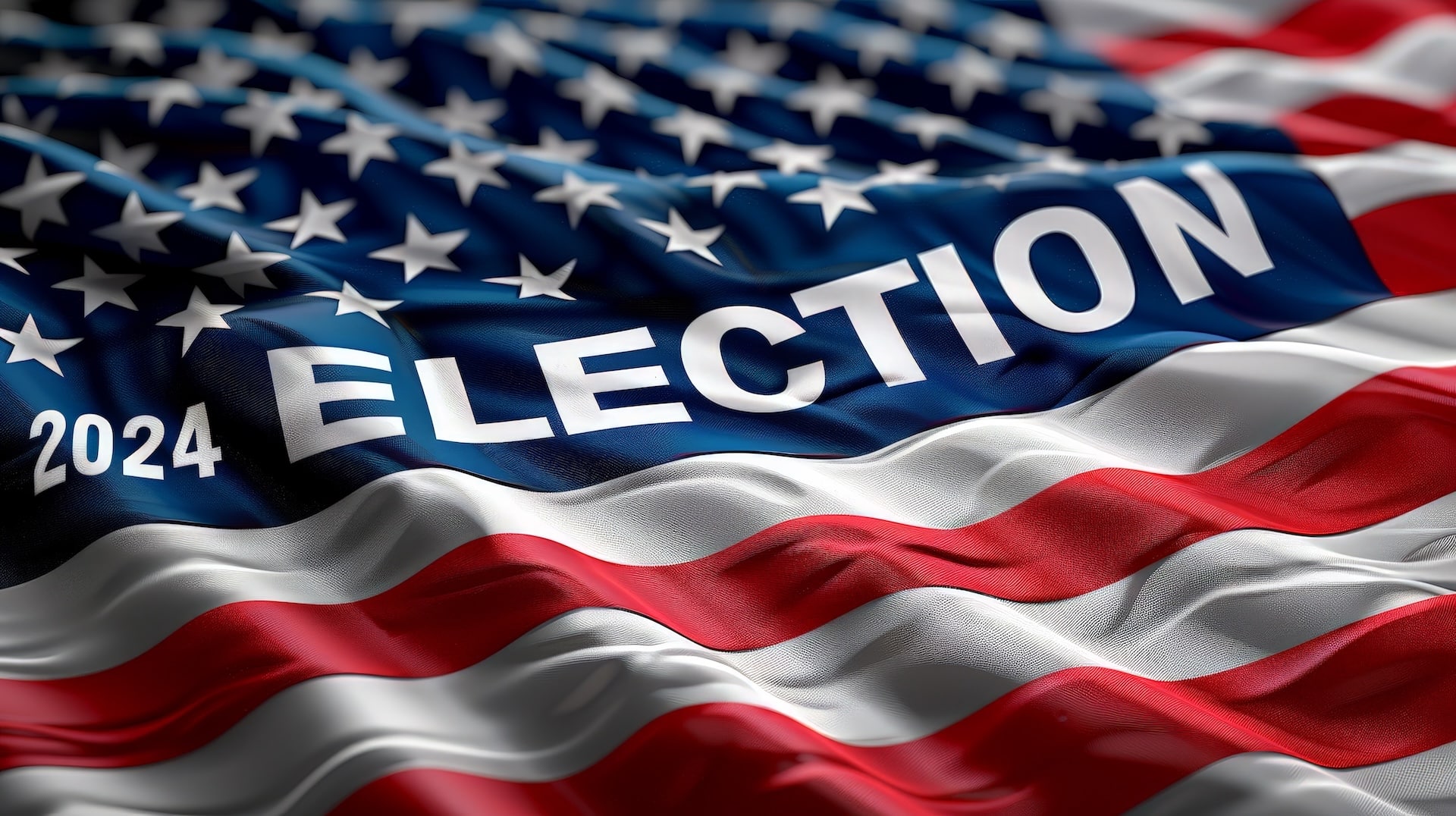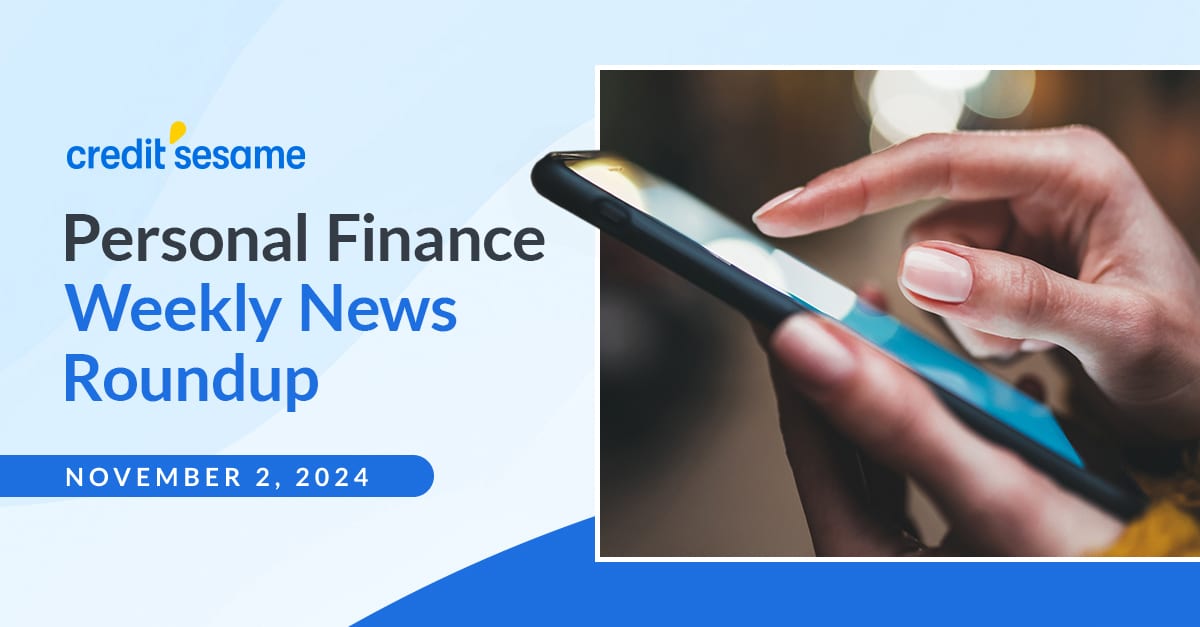New Year’s is often a time for sweeping pronouncements — that often fail before January is over. Not to be a Negative Nancy, but statistically speaking, your resolution to get debt-free in 2017 probably isn’t going to work out.
You’ve probably heard of extreme get-out-of-debt stories where people did things like quit their jobs to live in a car, or pinched every penny to pay off $100,000, or paid a measly $6,500 to buy a house.
The good news is you can still have a great financial year.
How Much Debt Do Millennials Have?
As of October 2016, Millennial Credit Sesame users carry an average student loan balance of $32,437. This matches up with broader national trends, with various sources reporting a $28,000-$37,000 average.
The average income for Millennials with less than $100,000 in student loan debt is $53,725. Millennials who owe $100,000 or more in student loans have an average income of $74,056.
Student loans aren’t Millennials’ only source of debt, although it probably represents the biggest balance. Over 60% of our Millennial members are paying off a car loan, and 86% have a credit card. Another Credit Sesame survey showed that members in their twenties carried an average $2,500 credit card balance. Mortgages are rarer among Millennials, but 7% of us are making payments on a house.

You get the picture: It’s not only unrealistic to expect to pay your debt off in a year, it’s probably straight-up impossible.
A common rule of thumb for budgeting says you should spend no more than 50% of your after-tax earnings on basic necessities. Another 30% goes toward things you want and the remaining 20% to savings or debt. Your budget may or may not match the ideal.
If you’ve got an entry-level grind in an expensive city, necessities may add up to more than half your salary. In any case, the goal to apply 20% of your take-home pay to debt repayment is great.
A Smarter Plan to Pay Off Student Loans

A grand plan to put every cent toward debt is a setup for failure. Instead, focus on realistic and sustainable changes.
The first thing to remember is that your plans can (and should) look beyond 2017. Let’s say your student balance matches Credit Sesame’s average for Millennials, and you earn the average $53,725 salary for people with under $100,000 in student loans. After taxes, you’re probably taking home a little over $40,000. Your debt repayment goal is:
$40,000 x 20% = $8,000 per year or $666 per month
If you don’t have any other debt to consider and you can hit the 20% goal consistently, if your interest rate is 3.86% (the 2013 subsidized loan rate) you’ll pay off that average $32,437 balance in about six years. Commit to putting 10% toward debt and the other 10% toward an emergency fund, and you’re still in the clear in under 10 years.
Finances are never that simple, though, are they? Credit Sesame’s data suggest that many Millennials deal with multiple forms of debt. You’re not the only one wondering how you’ll afford a house, or when you’ll be done paying off a balance.
The steady approach is your best bet to debt reduction. It might even work more quickly than you expect it to. Your friends who seem financially carefree on the surface could be adding more debt to their pile.
High-Impact Strategies to Get Rid of Student Debt

Looking for a more dramatic way to tackle student debt? Maybe you’re looking at a more daunting figure than the average. Maybe you need a kick-start to motivate you to get on track to pay off debt. Here are three high-impact strategies to consider in 2017.
Make a commitment to stick to your current budget throughout 2017
If you get a tax refund, or that promotion (and raise!) finally comes through, don’t blow it on the first splurge that catches your eye. Don’t immediately put your higher income toward a more expensive lifestyle, either. Treat windfalls as invisible, untouchable money. Put the extra cash toward paying off your loans and you’ll quicken your progress without giving up anything you enjoy.
Speaking of tax refunds, pay attention when you file your tax return
You may be able to claim the American Opportunity Tax Credit for some higher education expenses. Some student loan interest may also be deductible. You may be eligible for thousands of dollars in deductions that can lower your tax bill.
Are you on the job market?
If your career dreams involve working for a government organization or certain kinds of non-profit organizations, you may love the Public Service Loan Forgiveness (PSLF) Program. You may be eligible if you work full-time for a qualifying organization, or even if you cobble together multiple part-time gigs that add up to at least 30 hours a week.
Make 120 qualifying monthly student loan payments – that’s ten years of payments – and you may be eligible to have the remaining balance forgiven. Payments don’t have to be consecutive, and program officials can help determine how many of your payments retroactively apply if you’ve already been working for a qualifying organization.
The downside: The 120 qualifying monthly payment requirement means ten years of work for qualifying organizations. This plan is for people ready to commit to working in the government or nonprofit sectors for a significant chunk of their career. Still, if you’re looking at a large student debt balance, getting rid of it in 10 years can be an attractive prospect.




















